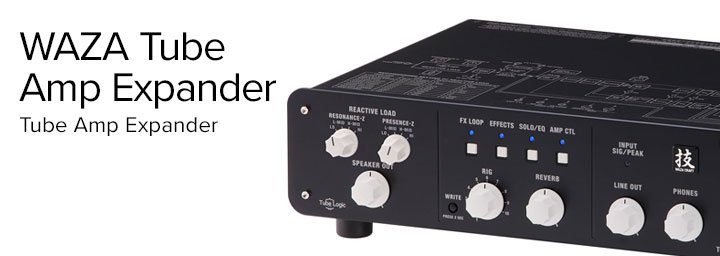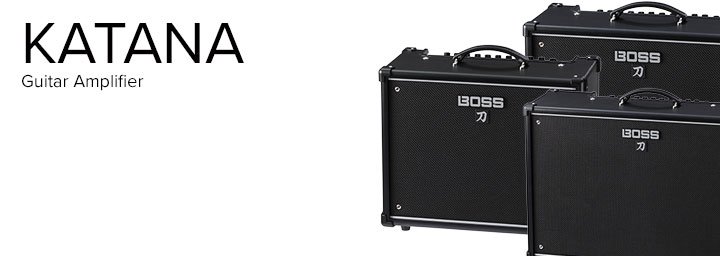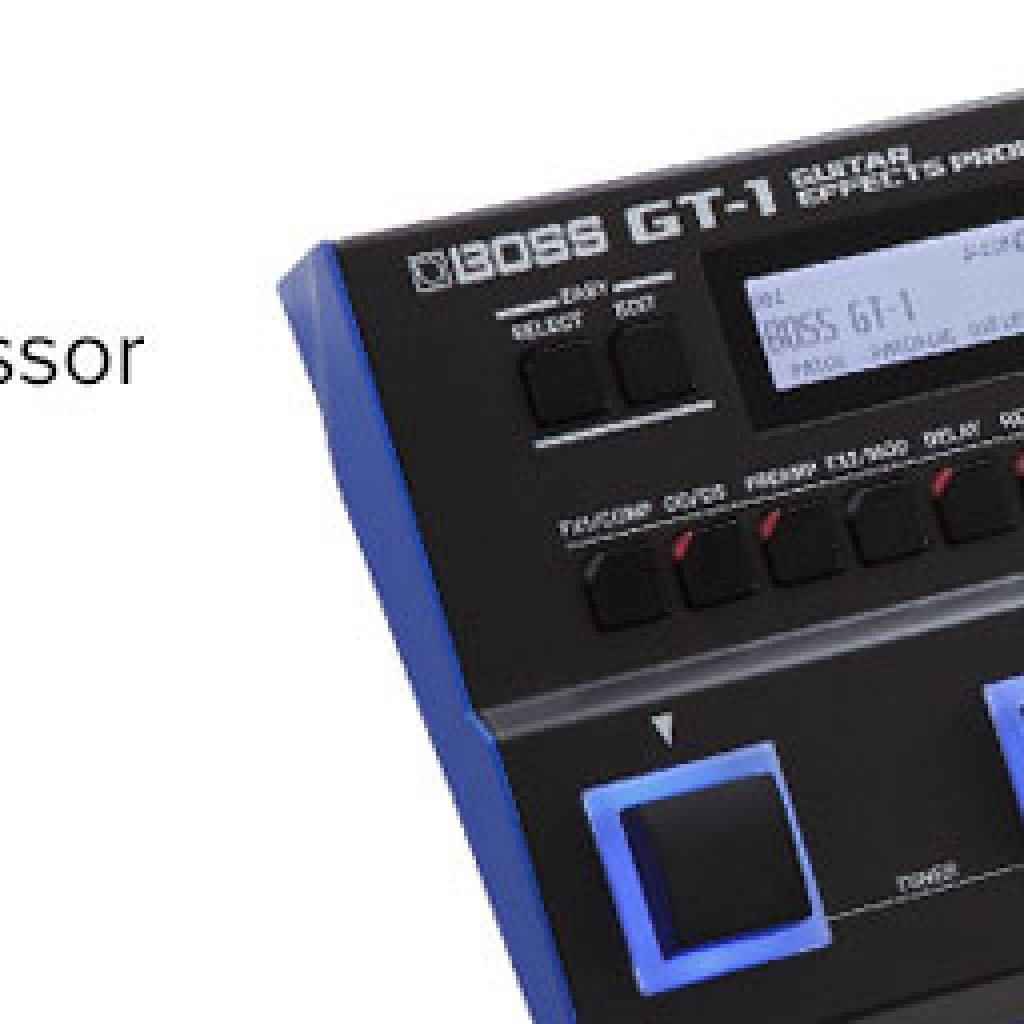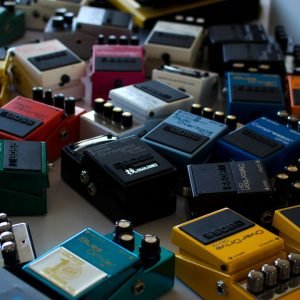Recording your electric guitar at home is no different. Let’s find out how you can go about starting that album you’ve been thinking about, using the great tools at your disposal today!
Contributed by Ed Lim for Roland Corporation Australia
YOU’LL NEED A DAW
What on earth is a DAW, you say?
Well, DAW stands for Digital Audio Workstation.
The advent of the DAW is one of the key drivers of the era of easy home recording, giving you access to powerful recording, editing and mixing tools all within the confines of your laptop or home computer. It’s completely replaced big bulky recording consoles and tape-based recording media, and additionally, largely supercedes outboard effects processors since they also include effects functionality via digital plugins.
In short, it is a full blown studio recording setup, shrunk down to a program that lives on your computer.
Which DAW should you choose?
There are a few big mainstream players like Logic Pro X and Pro Tools, but these professional level DAWs will require a fairly significant up front investment.
If you’re just starting off (and would rather save your money for fun guitar gear!), a popular DAW like Reaper could be just the ticket. It’s free to evaluate, and if/when you decide to buy a license it’s very affordable compared to most others, and is more than capable of most things that someone recording electric guitar at home might throw at it.
Okay, so let’s get on to how to actually record your guitar amp!
USE A MICROPHONE + INTERFACE
Of course, the most tried-and-true way of recording a live guitar amp is using a microphone (such as the industry standard Shure SM57) in front of your speaker.
Now, you know already that your DAW is your virtual recording desk – but how do you get the sound from the microphone into your DAW?
That’s where a recording interface comes in. An interface acts as the bridge between the microphone and your computer, taking the analog signal captured by the microphone and converting it into a digital form that your DAW can understand and record onto a track.
If you’re only planning to track one instrument at a time, you don’t need a big interface with lots of inputs. Something with two inputs should be plenty to track instruments and vocals as long as you plan on doing them separately and aren’t planning on miking a full drumkit for your band!
USE YOUR MULTI-EFFECTS PROCESSOR
One of the potential pitfalls of the traditional “mic on grill” method of recording is repeatability. If you’ve recorded a few tracks of guitar, save your project and then you want to come back to it days, weeks, months later?
Your pedalboard settings have probably changed, your amp settings are all different, and even though you marked the microphone location on your cab with tape, it just doesn’t sound the same as the last session.
Additionally, you’ve probably got at most, one or two staple mics, while a full blown recording studio would have access to a wider range of mics for more tonal variety.
Luckily, technology comes to the rescue once again.
If you have a multi-effects processor like the GT-1 or GT-1000, not only do these contain a huge variety of amp sounds and effects all at your fingertips, but they also have a plethora of virtual microphone options which you can adjust the position and sound of.
What’s more, all GT multi-effects processors can also act as a recording interface! Which means that if you’re only intending on tracking guitars, you don’t even need a separate standalone interface. All you need to do is hook up your GT to your computer via USB and voila!
USE YOUR AMP
Wait… wasn’t that the first thing we covered?
Well, sort of.
At the beginning we discussed recording with a microphone and the potential pitfalls around repeatability and consistency of sound when doing it that way.
But what if you could just record straight from your amp?
Are you starting to see a recurring theme here? Modern technology stepping in to make your life as a guitarist easier than ever before!
Our Katana, Nextone and Blues Cube amps are all equipped with Recording Out jacks, which means that you can record a cabinet-simulated sound straight to your interface. You can do this completely silently, which opens up new possibilities for getting musical ideas down whenever inspiration strikes, regardless of whether it’s 2am in the morning and the kids or neighbours are asleep.
Here’s a great example of the BOSS Katana head recorded direct to an interface:
But wait, there’s more!
You might not know this, but similar to our GT processors, these amps are able to act as a recording interface as well, which means easy USB recording without even needing an interface.
USE A LOAD BOX WITH YOUR TUBE AMP
We might be all about pushing the limits of modern amplifier technology, but there’s no denying that there’s always going to be an allure to the big glass bottles glowing warm shades of red in the back of an old-school tube amp. And there’s absolutely nothing wrong with that!
However, the common issue with tube amps is that they’re often just too loud for home use, let alone being able to crank them to their tonal sweet spot for recording at home.
Never fear, we’ve got the solution for that too! Let’s get acquainted with the Waza Tube Amp Expander:
First and foremost, it’s a load box, which essentially means that it is able to take the full blown output of your tube amp without being connected to a physical speaker – without letting the magic smoke out of your amp, which is always a bonus.
It’s also got onboard cab-simulation as well as the ability to load impulse responses, which means that once again, you’re ready to record in a jiffy whether it’s using an interface or just directly via USB!
In addition to that, with a slew of onboard effects and full MIDI/footswitch control, the WTAE can live in both worlds – live performance AND studio.
Learn more about how the WTAE modernises the tube amp experience: https://www.boss.info/au/promos/waza_tube_amp_expander/
ENDLESS POSSIBILITIES
Like we said at the beginning, it’s probably the best time in history to be a guitar player. If you’ve got time on your hands and you want to get into tracking electric guitar on your own, any one of these options could work for you. Happy home recording!












